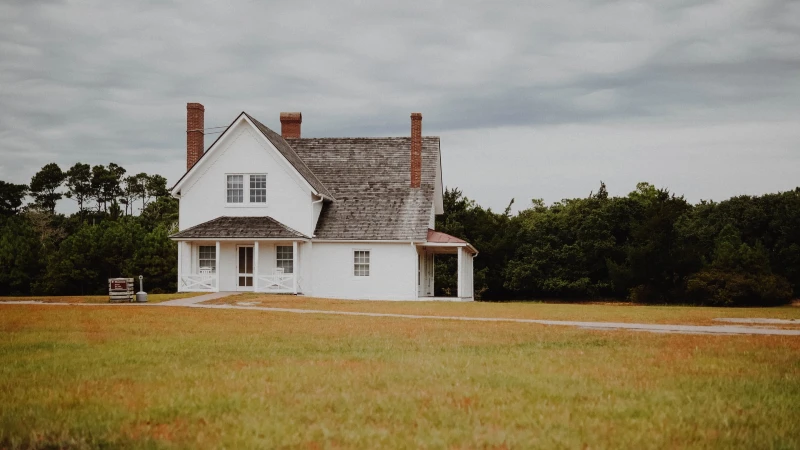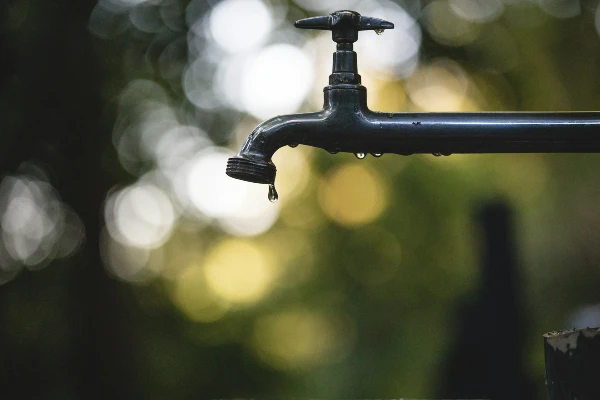Disclosure: This post may contain affiliate links, meaning we get a commission if you decide to make a purchase through our links, at no cost to you. Please read our disclosure for more info.
Older homes can be plagued by some structural problems that may not be very obvious at first glance. Usually, the plumbing system is one that suffers from the wear of time, especially since it’s harder to notice as it’s mostly hidden behind counters and inside walls. Some smaller leakages can be taken care of with some DIY skills, but more extensive work will surely require professional plumbing. There are a few things to know and take care of in preparation for major water system repairs.
In This Post:
Assessing The Damage
It’s important to know where the main water valve is, that can turn off the water at the source. If a pipe bursts, it can take some time to locate this valve and thus cause much more damage in the process. Smaller leaks are sometimes the most hazardous ones, as they can go unchecked for long periods of time, and permit water to slowly infiltrate walls, and floors without notice.
If there is suspicion of such small leaks, the first step to take is to find them. This may be difficult if the leak is somewhere inside a wall, so paying attention to sound may be the only way to roughly find its location. It will also soak the wall, further indicating where it’s leaking from. Once a leak is found the water needs to be turned off.
Having turned the water off and found the potential leakage spot, clear the area for when the plumber comes. Plumbers usually charge by the hour, so having dealt with the cleaning part of the process will ensure no time will be wasted by cleaning a path to the affected pipes.
Ensuring A Supply Of Drinking Water
Having problems with the water supply will certainly raise the issue of enough safe drinking water. Health concerns from damaged pipes or even a broken well can be eased by the use of a water filter. As a temporary solution for providing safe drinking water, an easy option is to clean it with a countertop water filter.
Quickly figuring out which kind of countertop filter to pick on such short notice will require a little research. Thankfully there are many resources online to help just for this kind of situation, with broken-down specifics and information like it’s done.
Considerations Before Plumbing Work Start
It’s quite possible that leakages can form on any of the water pipes, some of which you may not notice at first, including ones that lead to the toilet. To make sure the area is prepped for the plumber, it may be a good idea to clean the toilet seat and surrounding area in the bathroom.
Depending on how vast the water leak was, trying to clean as much of it before repairs start is a must. Larger spills are harder to deal with, but smaller ones can be cleaned out with a mop and bucket, at the bare minimum.
Depending on the area your house is in, and the time of year, weather conditions can impede plumbing work. If cold winters and snowfall occur during this scheduled work, make sure to clear away snow and ice from walkways so that your plumber won’t slip while carrying their heavy bag of tools.
Things To Do Amidst The Repairs
As the repairs are undergoing provide as much information about the situation as you can to your plumber. Every little detail can be quite useful and help with the overall process. It will also be very appreciated to ensure pets are kept somewhere safe in the home so as not to disturb the proceedings. Something like this contributes greatly to the efficiency and speed by which repairs can be finished.
Asking questions is also something that can become useful, so don’t abstain from posing any related question you may have. Any information gleaned may prove highly practical in the future.
Dealing With Water Damage After Plumbing Repairs
A plumber will only do as much as fix the infrastructure of the plumbing system. Dealing with water damage is something else entirely, especially as it affects walls or floors. Minor water infiltration won’t cause too many issues if caught in time. Getting rid of moisture can be done by using air circulating fans and even dehumidifiers in the affected area. Unfortunately, extensive water damage requires repairs and replacements of carpets or drywall.
Maybe the best place to start with water damage repairs is the ceiling if it has been affected by water. If the damage is serious, gravity can make sagging water-soaked ceiling collapse that much quicker. It could be a good idea to check with the house insurance to see if they can provide any cover for such issues, especially if some unforeseen damage was done.
After all the plumbing repairs are finished, make sure to keep an eye on everything, for a few weeks at least. This is to make sure there are no further leakages that could still be affecting your home, and thus be able to catch it in time and contact your plumber.
In Conclusion
Dealing with extended repairs like this is not easy, and a little preparation will go a long way. It’s important to have this job done correctly, particularly in older homes so that no further damage will affect the building. As far as efficiency goes, a plumber can handle time-sensitive problems while carefully making sure all the pieces are in place before turning the water source back on.


